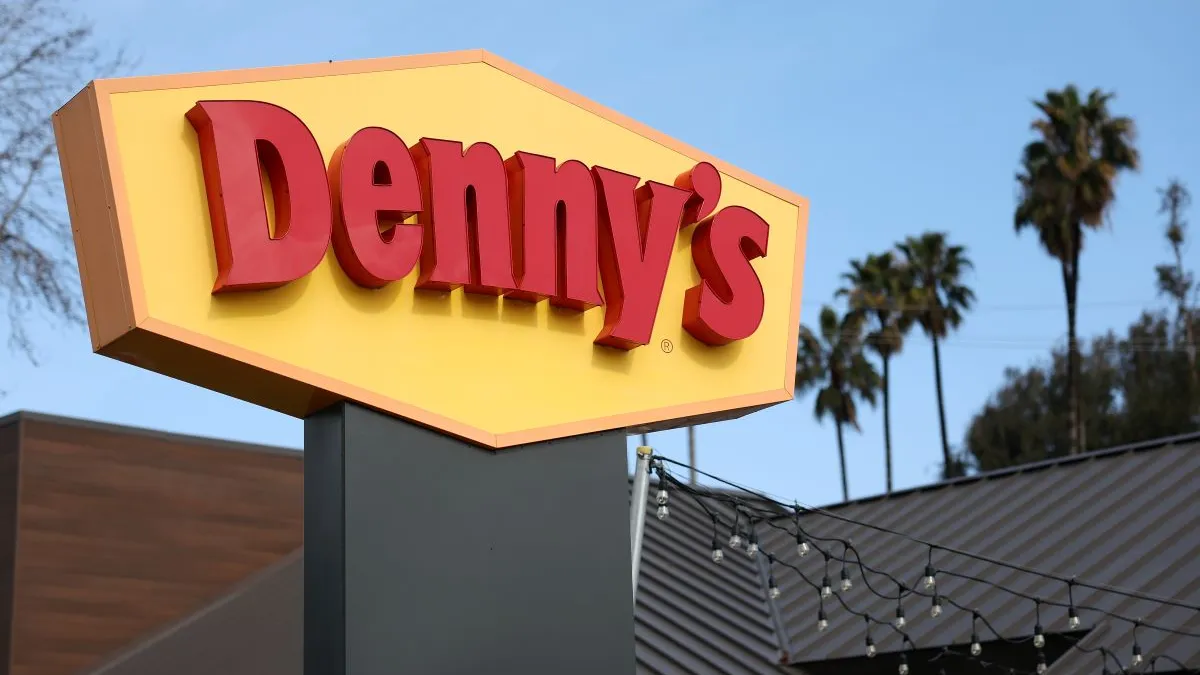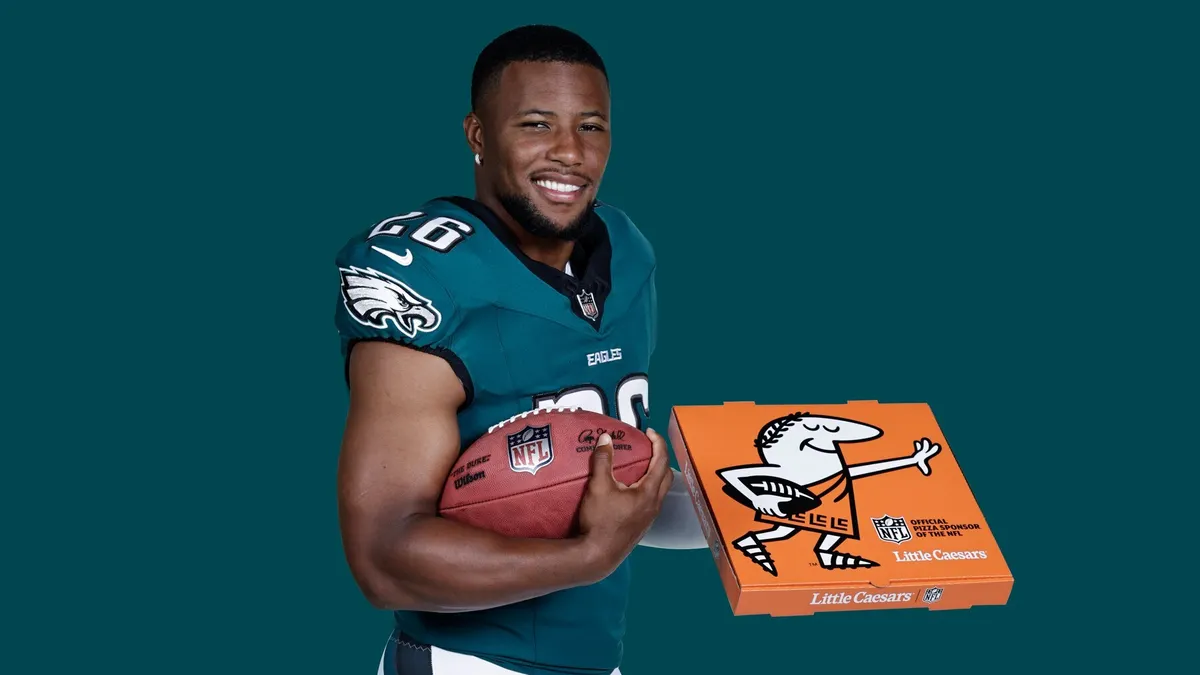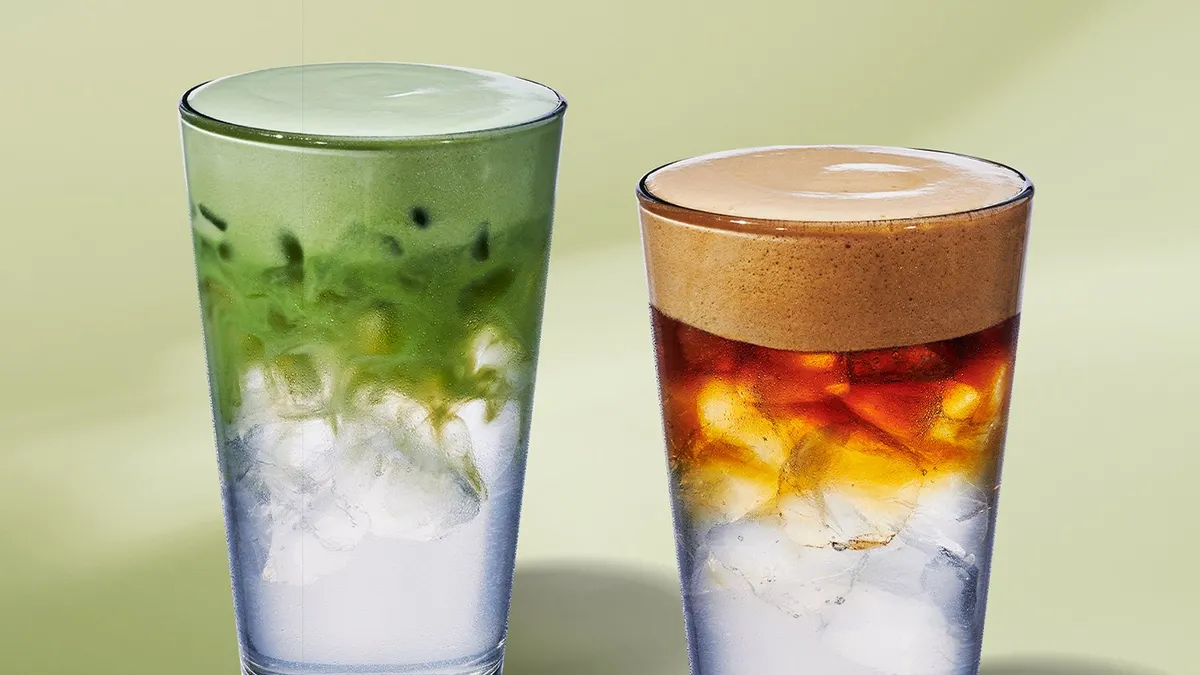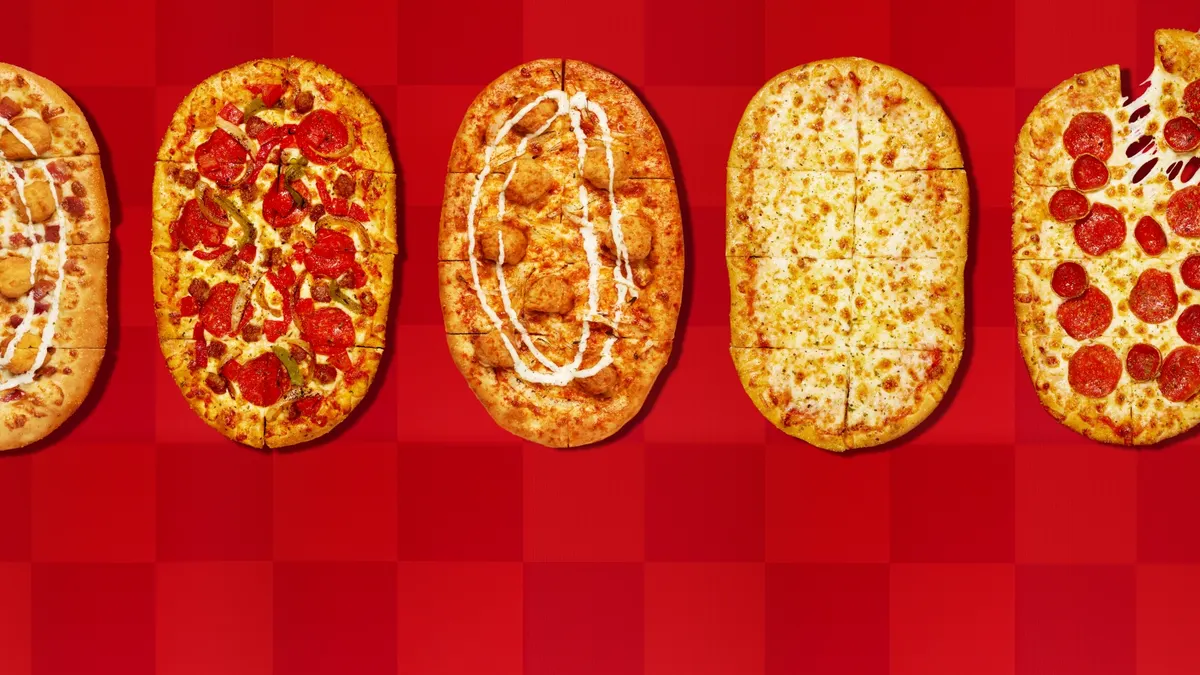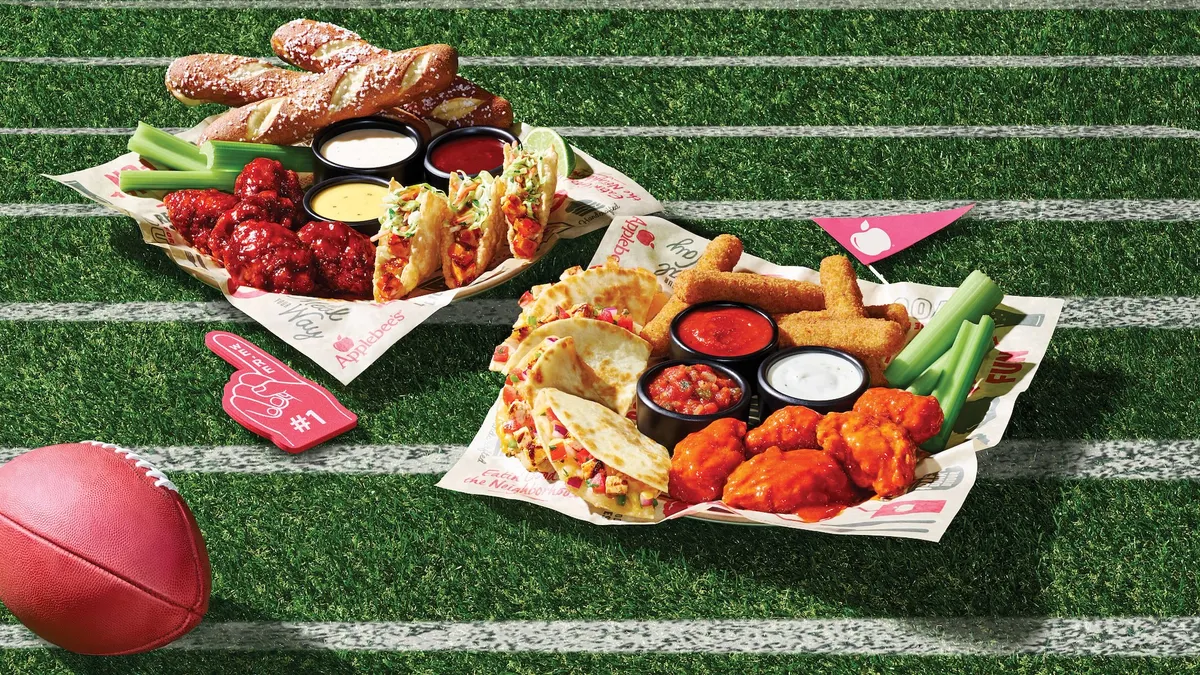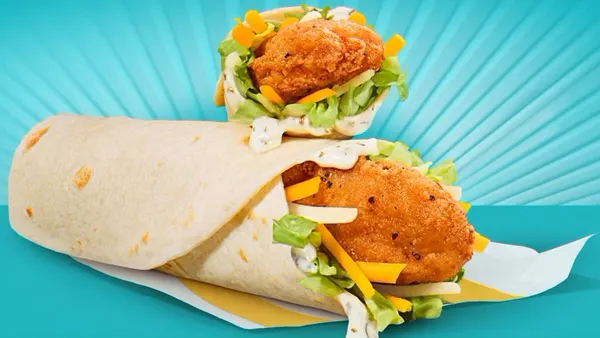When Dunkin’ reworked its loyalty program earlier this month, the company faced pushback from a number of fans on Reddit and Twitter. Though Dunkin’ increased the accrual rate of loyalty points, it also raised the number of points required to redeem drinks — effectively inflating the cost of redeemable drinks for loyalty customers.
Several longtime, high-frequency Dunkin’ loyalty program members told Restaurant Dive they planned to switch to other coffee chains, or start making their own coffee beverages at home, in light of Dunkin’s rewards changes.
Despite this upset, Dunkin’ has consistently highlighted customer feedback as a driving element in the design of its new rewards program. In an email to Restaurant Dive, the brand said social media criticism was not reflective of the attitude of most of its loyalty members. One-fifth of active loyalty members have already reached the program’s Boosted Status, meaning they visited the chain 12 times in one month, and customers have redeemed 2 million items for loyalty points in the weeks since the program’s Oct. 6 launch, according to Dunkin’. But two questions remain: Why did Dunkin’ change its program? And have those changes hurt or helped the brand?
Restaurant Dive spoke with loyalty program and restaurant operations experts to understand why a restaurant might rework its rewards offerings in a way that could alienate some of its most loyal customers.
Brands may want loyalty perks to steer customers toward certain products
One key change to Dunkin’s loyalty program is an emphasis on food items, which could reflect a desire to increase check size, said Rick Camac, dean of culinary and hospitality management at The Institute of Culinary Education.
“They're trying to get you to turn a corner and purchase something that isn't what we look to them for,” Camac said. “People are not necessarily going to see value in that.”
Camac said loyalty programs, which offer opportunities to upsell on digital orders when integrated with apps, are a way to boost incremental sales. But with inflation running high, customers are increasingly price sensitive, he said.
This iteration of Dunkin’s rewards program marks the first time loyalty customers can use points to earn free food at Dunkin’, a Dunkin’ spokesperson said. The program’s cheapest items in terms of loyalty points are food items, specifically hash browns and Munchkins doughnut holes.
Stephen Zagor, an adjunct assistant professor of business at Columbia Business School, said brand loyalty is a reciprocal relationship, and loyalty members often expect a standard reward and a consistent experience. Subtle changes to loyalty programs, like the addition of food products, or even the perception of changes, can disrupt that relationship, Zagor said. This is especially true of programs anchored by coffee, a beverage many people drink every day, and sometimes in a highly ritualized fashion, he said.
“There's a higher personal relationship with coffee than with many other products,” Zagor said. “You're playing with something that has a [much] deeper relationship than just fixing someone's hamburger differently or changing their taco rewards.”
Camac said making customers pay a premium for coffee drinks compared to food items may damage Dunkin’s brand.
“They’re trying to move you in the direction that they want to move you,” Camac said. “But there's a lot at stake when you're making that decision. And I'm not so sure that was so well thought out.”
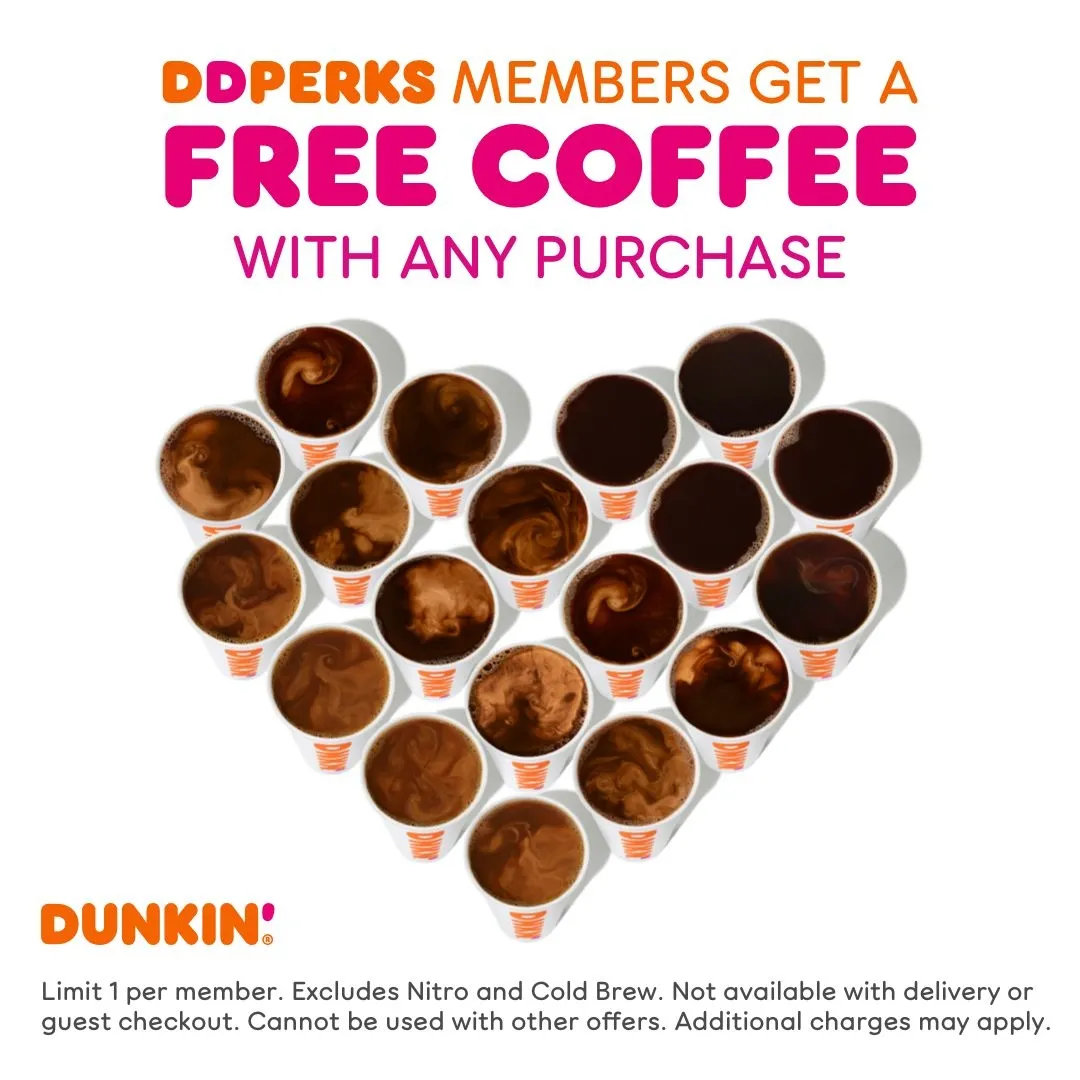
Customization may have driven up the cost of Dunkin’s coffee
Evolving coffee demand may have weakened the appeal of a drinks-only loyalty program at Dunkin’, experts said. Coffee is traditionally a high-margin item, but changes in customization and complexity have added to ingredient costs, labor costs and prep time for Dunkin’ and its coffee rivals.
In the eight years since Dunkin’ launched the first version of DD Perks, the coffee market had changed fairly dramatically, Kristin Lynch, director of strategy and data insights at Paytronix, said.
Starbucks launched Cold Brew in 2015, and Dunkin’ followed suit in 2016, pushing the coffee segment toward more iced beverages and customization between hot and cold drinks, with many permutations within those categories. Rather than just regular coffee with cream and sugar, customers can now order frozen coffees, or cold brew with flavor swirls, whipped cream and other additions.
While Dunkin’, as a private company, does not report its sales data, Starbucks has seen cold coffee rise to 75% of its beverage sales. Beverage customization, driven in part by social media, has become an expectation for many customers across the segment.
Zagor echoed that notion, adding that customization, changing consumer preferences and shifting menus has increased the amount of work required to serve coffee.
“More customization is more labor. And that's the big Achilles heel right now to every food operation,” Zagor said. “The more ingredients that you have, the higher the cost. The simplest drinks have the lowest cost.”
Lynch said brands across the coffee sector have seen customers demand premium or customized drinks, and brands have largely leaned into the phenomenon as a key point of differentiation.
“It's not just black coffee versus black coffee, or pumpkin spice latte versus pumpkin spice latte,” Lynch said. “It's the ‘I have the latest and greatest X that has extra energy in it.’ It's not just extra whipped cream, it's whatever the new, exciting, extra whipped cream is.”
Each increase in sales volume and complexity, or each added step in the drinks production process, raises the cost of labor and the time required to produce drinks, Zagor said. As labor costs have grown, Dunkin’ may have found it was simply awarding coffee customers a discount that was too high for the chain to tolerate, given increased costs.
How much is Dunkin’ discounting?
It is common for brands to rethink their loyalty programs when the discounts they offer exceed a certain percentage, Lynch said. Paytronix, which helps a number of brands run their loyalty and rewards systems, generally recommends companies keep their discount rate on core products redeemable through loyalty between 6% and 10%. Below 8% is ideal, she said.
To compare discount rates between Dunkin’s current and prior rewards programs, Restaurant Dive used the prices of four drinks — a black coffee and a beverage from each redemption tier of Dunkin’s new program — from a Dunkin’ in Washington, D.C. To provide a range of rates, the data below includes prices for both small and large drinks.
According to several Dunkin’ loyalty members, all drinks under the previous rewards program were worth 200 points. Members earned 5 points for every $1 spent, Dunkin’ said. Under the revamped program, members earn 10 points per $1 spent. It now costs between 400 and 900 points to redeem beverages depending on the drink type, however. Dunkin’ did not confirm reports of the past program’s beverage costs.
The pricing data shows the discount rate fell from the old program to the new, with the most expensive tested drink yielding an 8% discount now, as opposed to a 13.4% discount before Oct. 6.
Restaurant Dive calculated the discount rate by dividing the cost of a product by the amount of money consumers have to spend to redeem one product. But prices vary from market to market and franchisee to franchisee, making this approach illustrative rather than scientific.
“The change in program potentially is impacting those people that were getting these huge discounts or huge rewards with their fancy or premium drinks,” Lynch said. “The people that were buying the just plain old iced coffees probably aren't getting impacted that much.”
Dunkin’ declined to release its own estimates of the discounts on coffee products under the old and new versions of its loyalty programs.
“When we set out to improve our rewards program, we asked our members what they wanted. They told us three things: flexibility, variety, and recognition. So that's what we gave them,” a Dunkin’ spokesperson wrote in an email.







